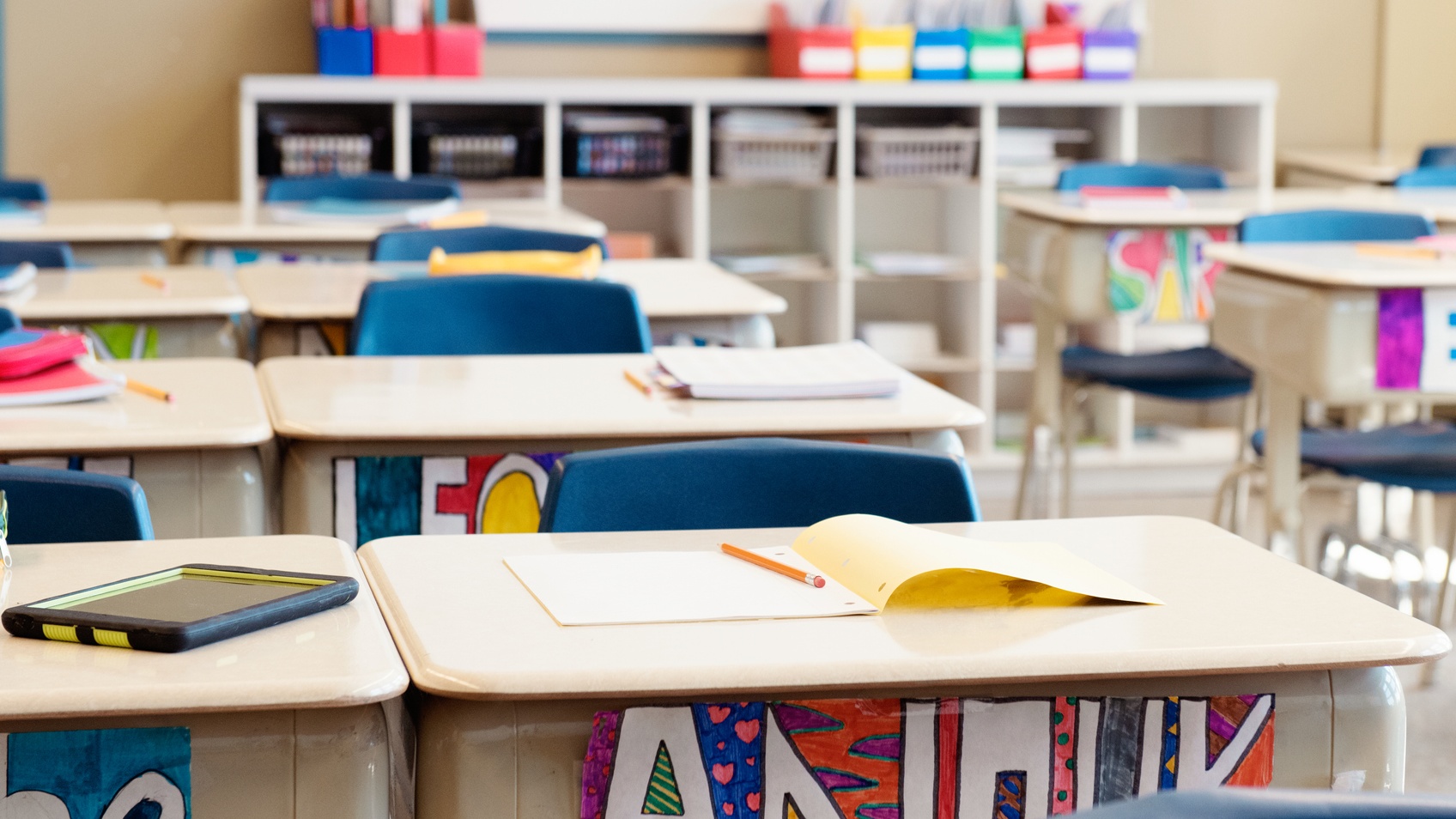New York City is making strong efforts to protect students of color as the city is set to transfer about 5,000 school safety agents (SSAs) from the supervision of the New York Police Department to the Department of Education (DoE) in June 2022, The Guardian reports.
Other major cities have already begun the process, with 33 school districts defunding school police forces by cutting contracts and ending school resource officer programs, according to Education Week. The shift came about due to the massive protests and activism around the police killing of George Floyd.
New York City is defunding school safety agents in hopes of de-escalating harsh punishments that disproportionately target students of color.
Advocates of the newly enforced policy hope this will encourage restorative justice. This form of practice will resolve conflict through communication and collaboration rather than by punishments like suspensions and detention.
Kellsie Sayers, director of restorative practices at the Center for Court Innovation, told The Guardian she is interested in seeing how effective the new strategy will be.
“Some of the way their job is described under the direction of the NYPD is that they’re not supposed to fraternize with the students, but a lot of their strength was that they were building those relationships,” Sayers said. “I’m excited that maybe their role is changing.”
Sayers launched a restorative justice pilot program in five Brooklyn public schools with her team during the 2018 to 2019 school year in partnership with the Department of Education and received funding from the Department of Justice. During that time, she learned school safety officers were integral to executing restorative justice at the time.
Tiffany Cabán, a democratic socialist, told The Guardian she is in favor of removing any kind of police in schools altogether.
“The presence of school safety officers leads to the increased likelihood of arrest or upcharging children for minor problems into really serious legal issues. I can say this from the perspective of being a public defender in the past,” the city council candidate said. “We see it all the time. We say, ‘We just need to get police officers more training in mental health response.’ No, we need to make sure we have dedicated, skilled workers and not retrofit that job. There’s no place for that in a school.”
Cabán suggests an alternative to achieve restorative justice instead of removing school agents from the New York Police Department and not leaving agents "out to dry."
“I know the majority of SSAs are Black and brown women. These women live in the same community. How can we create a transition into work that these women are best suited to do, to support young people in their communities?” Cabán said. “We need to be funding and transitioning folks into those jobs and restorative justice programs.”
The ACLU used data from the Department of Education and reports students with disabilities were arrested at a rate 2.9 times more than students without disabilities. Latino students were arrested at a rate 1.3 times that of white students, with Black students arrested at a rate three times that of white students.
While Black girls made up 16% of the female student population, 39% of them were arrested in school and at a rate four times higher than white girls.
"This transition ensures that SSAs are fully aligned with DOE trainings and values when it comes to caring for students in crisis, deescalating situations and ensuring that students get the mental health support that they need when they need them,” Nathaniel Styer, New York City Department of Education’s deputy press secretary, told The Guardian.
Styer has confirmed SSAs have already begun training — learning new forms of discipline in conflict resolution, mediation, restorative justice and implicit bias with onboarding agents undergoing similar training.
“The goal of transitioning SSAs back to the DoE is specifically focused on ensuring that SSAs are deeply integrated into the school community, are aligned with the school’s social-emotional work and are true partners of educators, parents and students in ensuring the wellness of the entire community,” Styer said.
